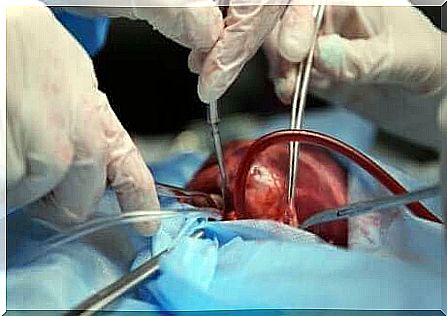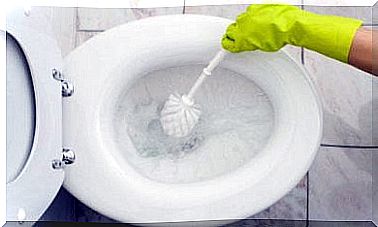Improvement Process And Complications Of Sternotomy

Currently, most heart surgeries are performed through a median sternotomy. This type of incision was first proposed in 1857 and became popular in 1957. Overall , complications of sternotomy are rare. However, when they do occur, they are usually very serious. The most common complications of this incision are infections and mediastinitis.
The most comprehensive study on sternotomy complications was conducted in parallel at Karolinska Institutet in Sweden, the University of Toronto in Canada and Washington University in St. Louis, Missouri, USA. The researchers were able to establish most of the risk factors, which we will talk about in this article.
What is a sternotomy?

Sternotomy is a surgical incision made by surgeons along the sternum. They have been using it for cardiothoracic surgery since the fifties. This is when it replaced bilateral anterolateral thoracotomy (the usual procedure at the time).
Overall, sternotomies became popular because they are less painful than their predecessors. However, it soon became clear that they could lead to complications such as infections or dehiscence (spontaneous opening of a wound).
Sternotomy is a surgical procedure in which a surgeon makes a vertical inline incision along the sternum. This provides access to the entire chest area, including the heart and lungs. It has several benefits, such as less postoperative pain, better access to the pleural cavity and more protection of the shoulder muscles.
Complications of sternotomy
Overall, a sternotomy is a fairly safe procedure. Sometimes, however, it leads to complications.
One of the most common complications is infections, although they only occur in about 3% of patients.
In this case, the infection can be either superficial or severe. However, the consequences in both cases can be serious. They usually result in hospitalization and can be life threatening. Between 4% and 47% of patients who develop a sternotomy-related infection die.
The infection usually comes from sternal osteomyelitis or mediastinitis. On average, these complications manifest between 7 and 12 days after surgery. However, most patients develop them during the first week after surgery.
Mediastinitis, or the acute or chronic inflammation of the mediastinum (the tissues in the middle of the chest), is the most serious complication. Mediastinitis comes from an infection and is very serious and sometimes fatal. Surgical treatment is usually required.
Risk factors for sternotomy

The main risk of this operation is possible infections. The infections associated with sternotomy are related to three groups of factors.
- The first group includes the elements inherent in the patient present before surgery.
- Meanwhile, the second group consists of the development of the surgical procedure.
- Finally, the third and final group consists of postoperative factors.
Let’s look at them:
- Preoperative factors. In this case, the risk factors include being male, being older, being overweight, suffering from diabetes, chronic obstructive pulmonary disease, kidney failure or smoking.
- Operation-related factors. These include intervention haste, duration of intervention, type of intervention, excessive electrocution, and cardiogenic shock, among others.
- Postoperative factors. These include prolonged mechanical ventilation, bleeding and the use of inotropic agents, among other factors.
Improvement process
Once the risk factors have been identified in advance, the improvement process is usually successful. This can reduce the risk of complications and make them easier to deal with if they occur. Obesity, diabetes and being older are risk factors that deserve special attention.
Typically, treatment of infections includes drainage, irrigation, negative pressure wound treatment, surgical debridement, covering the area, and systemic antibiotics.
Care after a sternotomy includes cleaning the wound with mild soap and then drying it. The sutures dissolve on their own after a few weeks. Strips to close the wound, which are self-adhesive strips that facilitate healing, fall off on their own or are removed by the patient after one week.
It is normal for the patient to suffer from intermittent and episodic pain. If they do, they should take painkillers. It is also normal for the incision to swell slightly. After a few months, things should return to normal.









